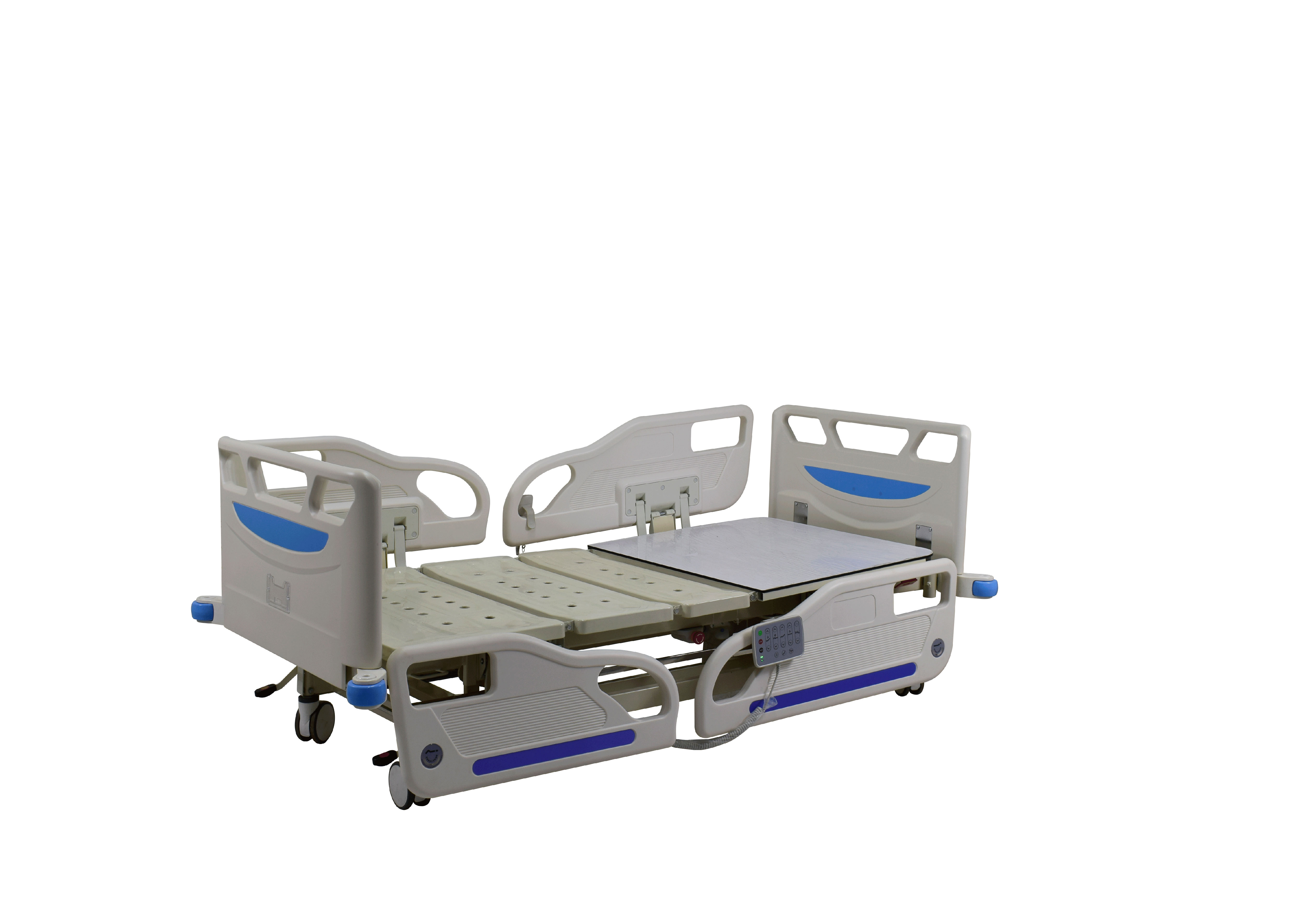Welcome to our websites!
Advanced Joystick Control System for Electric Wheelchairs Enhancing Mobility and User Experience
The Evolution and Importance of Electric Wheelchair Joystick Controllers
Electric wheelchairs have transformed the mobility landscape for individuals with disabilities, offering them greater independence and enhanced quality of life. Central to this luxury of mobility is the joystick controller—a device that has evolved significantly over the years to meet the diverse needs of its users. This article will explore the functionality, advancements, and importance of electric wheelchair joystick controllers in promoting user autonomy.
Understanding the Joystick Controller
At its core, the joystick controller serves as the primary interface through which users manage the movement of their electric wheelchair. Typically designed to be intuitive and user-friendly, joystick controllers come in various configurations, tailored to the unique requirements of individual users. The joystick operates through a simple mechanism—pushing or pulling the joystick in a specific direction signals the wheelchair's motors to move forward, backward, or turn. This straightforward design is crucial, especially for users with limited motor skills, ensuring that they can navigate their environments with ease.
Advancements in Technology
The evolution of joystick technology reflects a broader trend in electronic assistive devices towards increased accessibility and personalization. Initially, joystick controllers were basic in terms of functionality, primarily providing directional control. However, advancements in technology have led to features such as proportional control, which allows the wheelchair to accelerate and decelerate based on the degree of tilt of the joystick. This nuanced control offers users a more natural and responsive driving experience.
Moreover, recent innovations have introduced adaptable joystick designs. Some joysticks are now programmable, allowing users to customize settings according to their preferences. For instance, users can adjust sensitivity levels, control speed, and even set specific turning radii, accommodating various environments ranging from tight spaces in homes to bustling outdoor areas. Such customizability is vital for enhancing the independence of individuals who use electric wheelchairs, enabling them to feel in control of their mobility.
The Importance of Ergonomics and Accessibility
electric wheelchair joystick controller

One of the most significant considerations in the design of joystick controllers is ergonomics. Users may come from diverse backgrounds, with varying physical capabilities. Therefore, joystick controllers must be designed for comfort and ease of use. Many manufacturers now offer joysticks with adjustable heights, angles, and grips, ensuring that they can be operated effectively by users with limited hand strength or dexterity. Additionally, there are specialized alternatives for users with severe disabilities, such as sip-and-puff systems or head-controlled joysticks, demonstrating the commitment to accessibility in mobility solutions.
Enhancing User Independence and Quality of Life
The impact of an effective joystick controller extends far beyond mere mobility. The ability to maneuver a wheelchair independently fosters a sense of empowerment and autonomy among users. It enables individuals to engage with their communities, participate in social activities, and pursue employment opportunities without needing constant assistance. Furthermore, independence in mobility can significantly improve mental health, as users often report feelings of increased freedom and reduced dependence.
Future Directions
As technology continues to advance, the future of electric wheelchair joystick controllers looks promising. Potential developments may include integration with smart technology, allowing users to control their environments—such as doors, lights, and other connected devices—through their wheelchairs. Moreover, artificial intelligence may play a role in predictive navigation, helping users avoid obstacles and navigate seamlessly in complex environments.
Conclusion
Electric wheelchair joystick controllers are crucial in enabling individuals with mobility challenges to lead independent lives. The evolution of these devices has enhanced user experience through improved technology, increased customizability, and a focus on ergonomics and accessibility. As advances continue, the future of joystick controllers promises even greater independence and quality of life for their users. It is imperative for manufacturers, caregivers, and users to advocate for ongoing innovation in this vital aspect of mobility, ensuring that everyone has the chance to navigate the world on their terms. The joystick controller is not just a piece of technology; it is a gateway to freedom and empowerment for countless individuals.
-
Transforming Healthcare with Hospital FurnitureNewsJun.24,2025
-
Rehabilitation EquipmentNewsJun.24,2025
-
Mobility and Independence with WheelchairsNewsJun.24,2025
-
Freedom of Mobility with Our Rollator WalkersNewsJun.24,2025
-
Comfort and Independence with Commode ChairsNewsJun.24,2025
-
Bathing Safety and Independence with Shower ChairsNewsJun.24,2025
-
Navigating the Wholesale Landscape of Electric Mobility Solutions: Key Considerations for Power Wheelchair DealersNewsJun.10,2025











